Dark tourism takes visitors to painful sites that have been the site of tragedy, often misunderstood as morbid curiosity or an obsession with death.
Sites that witnessed tragedies such as the Chernobyl nuclear plant, Hiroshima or the Killing Fields in Cambodia attract thousands of tourists every year.
Visits to these places are called dark tourism.
This trend has puzzled many researchers and traditional tourists. They question why many people do not choose to enjoy beach vacations but are attracted to places associated with a painful past.
Dr Philip Stone, founder of the Institute of Dark Tourism Research (iDTR) at the University of Central Lancashire, UK, said dark tourism mainly revolves around the commemoration of the dead through museums, exhibitions, memorials and historical sites. Some famous locations of this type include the Tuol Sleng Genocide Site in Cambodia - a notorious prison under the Khmer Rouge; Hiroshima and Nagasaki - where two atomic bombs were dropped in 1945; Aokigahara suicide forest; Hashima Island - a ghost town abandoned after the collapse of the Japanese coal industry.
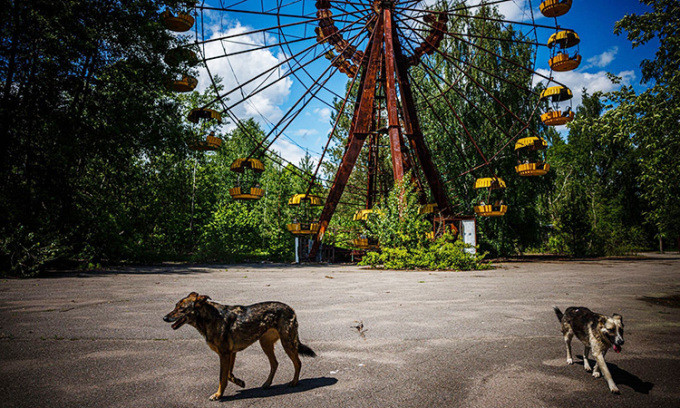
Each visitor has their own reasons for participating in this type of tour. Some want to confront the pain of the past, while others are curious and want to learn more about history. Seeing the remains of victims at Auschwitz or reading the names of the dead at the 9/11 Memorial can help them gain a deeper understanding of historical loss.
However, dark tourism is not just a reminder of tragedy, it also raises questions about how societies remember the past and commemorate traumatic events. Not everyone is on board with the trend, with concerns that tragic sites could become commercialized. Some countries also restrict the promotion of images associated with painful memories.
Despite its growing popularity, dark tourism remains misunderstood in many ways. One of the most common misconceptions is that tourists are drawn to death and pain. Dr Duncan Light, a tourism management expert at Bournemouth University in the UK, says research shows that most visitors to historical sites do so not out of morbid curiosity, but to learn about, remember, or pay their respects to the victims. Many also visit these sites to connect with deceased loved ones or explore their national identity.
“None of these motives are truly sinister,” Dr. Light asserts.
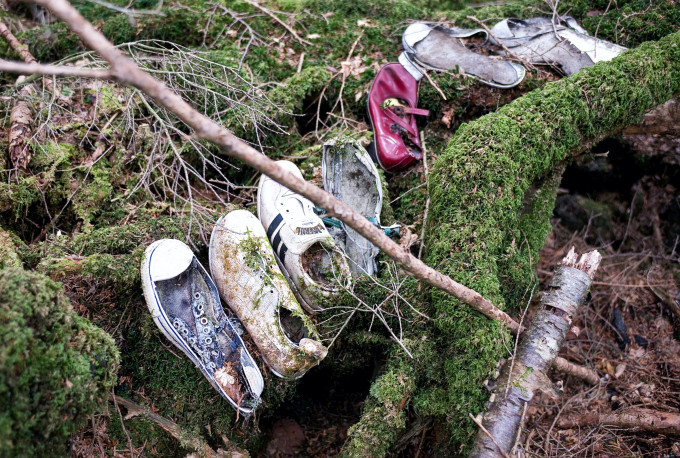
Dark tourism is also often confused with other types of tourism such as slum tourism - visiting areas of poverty, war tourism - visiting current conflict zones, or danger tourism - engaging in dangerous activities such as caving.
According to Dark-Tourism, an online guide to dark tourism, there are many misconceptions about this type of tourism. At its core, dark tourism is a “conscious and respectful” approach to history that helps people better understand the darker sides of the past without embellishing or sensationalizing events.
One of the contentious issues is the line between commemoration and commercialization. Dr. Stone notes that even if visitors are not directly confronted with death, they are still exposed to stories of loss. This can make them reflect on their own mortality.
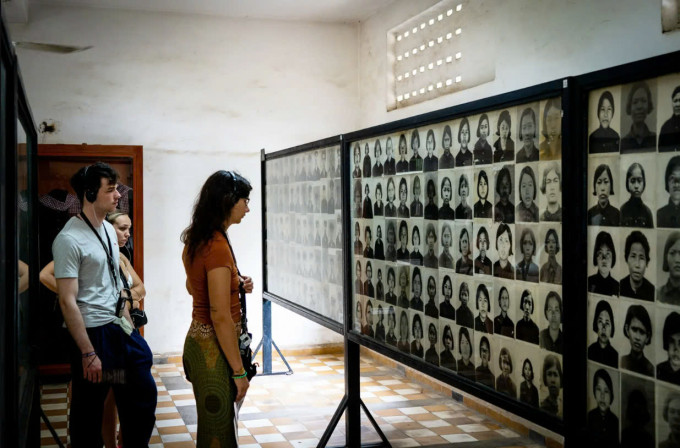
However, tourists do not always show respect for historical sites. There have been controversial cases of tourists taking selfies or posing inappropriately at the Auschwitz concentration camp. This type of tourism does not encourage such disrespectful behavior. Museums, memorials, and historical sites aim to be places of remembrance, helping people confront the past and learn lessons for the future.
According to Dr. Stone, dark tourism is a complex form of tourism that has both historical and educational value and faces ethical and regulatory controversies. Despite many misconceptions and conflicting opinions, the trend continues to attract tourists around the world, as people continue to seek ways to connect with the past and reflect on the meaning of life.
Source







![[Photo] Prime Minister Pham Minh Chinh chairs conference on anti-smuggling, trade fraud, and counterfeit goods](https://vphoto.vietnam.vn/thumb/1200x675/vietnam/resource/IMAGE/2025/5/14/6cd67667e99e4248b7d4f587fd21e37c)






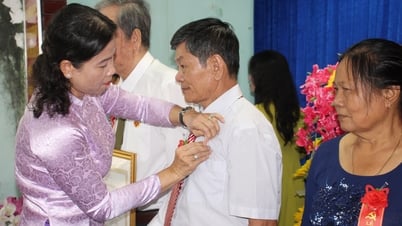






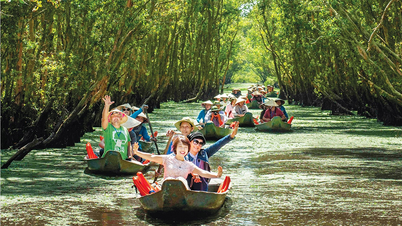
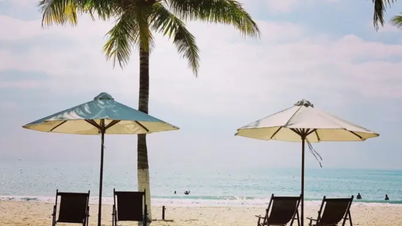
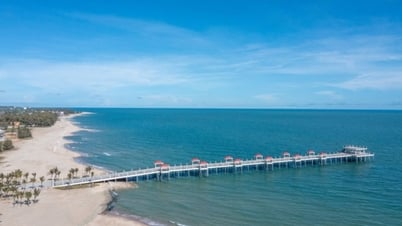


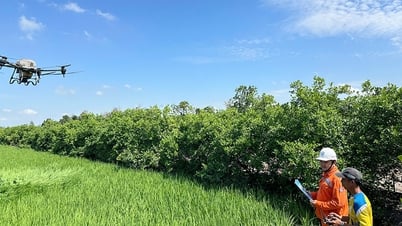





































































Comment (0)